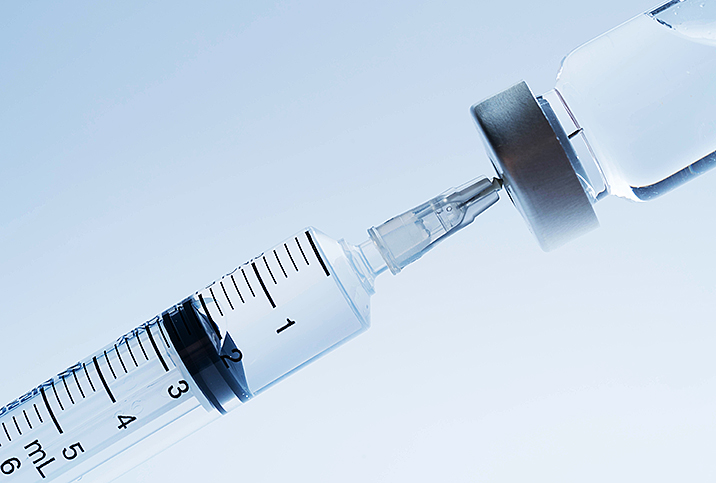What Men Need to Know About HPV

According to the Centers for Disease Control and Prevention (CDC), human papillomavirus (HPV) affected an estimated 79 million people in the United States as of 2017.
Men with HPV are far less likely to suffer from HPV-related cancers, while women with HPV face a significantly high risk for cervical cancer. Though HPV may affect men to a generally lesser degree than women, this infection may still lead to serious problems in men, including anal and penile cancer and genital warts.
How prevalent is HPV in men?
HPV is currently the most common sexually transmitted infection in the U.S. CDC data show that the prevalence of genital HPV among men and women aged 18 to 59 years is approximately 45.2 percent and 39.9 percent, respectively. An estimated 50 percent of new HPV infections occur before the age of 24. A study published in JAMA Oncology showed that HPV is related to more than 9,000 cases of cancer in men every year; it is responsible for 63 percent of penile, 91 percent of anal and 72 percent of oropharyngeal (the part of the throat at the back of the mouth) cancer cases.
Key findings from the CDC indicate that the percentage of adults aged 18 to 26 who have received the HPV vaccine rose from 22.1 percent in 2013 to 39.9 percent in 2018. A closer look at these numbers reveals the percentage of women who received the HPV vaccine rose from 36.8 percent in 2013 to 53.6 percent in 2018, while the percentage of men who received the HPV vaccine during the same period rose from 7.7 percent to 27 percent.
What are potential HPV complications?
More than 150 different strains of human papillomavirus have been identified. Most cases of HPV resolve on their own within one to two years, but some strains may linger for several years. And while HPV doesn’t always cause symptoms, when it does the most common symptom is genital warts on the penis, scrotum and/or anus.
Genital warts caused by HPV are benign—they are not cancerous—and may appear as one bump or as a group. Warts may be big or small, raised or flat, or look like a tiny cauliflower. In rare cases, HPV warts may grow on the back of the throat.
Cases of HPV that do not resolve on their own can eventually develop into cancer. This can happen gradually over years and can occur with or without symptoms. Men with HPV who are typically at higher risk for cancer include those with weakened immune systems and who engage in receptive anal sex.
Can men be tested for HPV?
The CDC does not recommend routine testing for HPV in men, and no FDA-approved HPV test is available for men at this time, but men may undergo an anal swab test for HPV if they choose to do so. If they receive a positive diagnosis of HPV, the only thing they can do is wait for the virus to clear and resolve on its own. Men cannot be treated for HPV after they’ve contracted the virus.
Can men be vaccinated for HPV?
The HPV vaccine is available for both males and females as young as 9 years old, though the recommended age range is 11 to 26. Men and women between the ages of 27 and 45 may also be eligible to receive the HPV vaccine but should consult with their doctor beforehand, because it may be deemed unnecessary.
People usually develop a new HPV infection when they start spending time with a new sex partner. It’s also true to say that couples in a long-term, monogamous relationship with one another are the least likely to get human papillomavirus.
Adults 27 years old and older generally do not benefit from the HPV vaccine, given that most sexually active adults have already been exposed to the virus, which negates the purpose and potential benefits of getting vaccinated.
What are your options?
If you want to learn more about receiving an HPV vaccination, talk to your doctor to determine your risk for HPV and the benefits you’d realize from being vaccinated. One benefit you should consider is that the HPV vaccine could reduce your risk of contracting HPV from an infected person and thus lessen the chance of you spreading the virus to others.


















